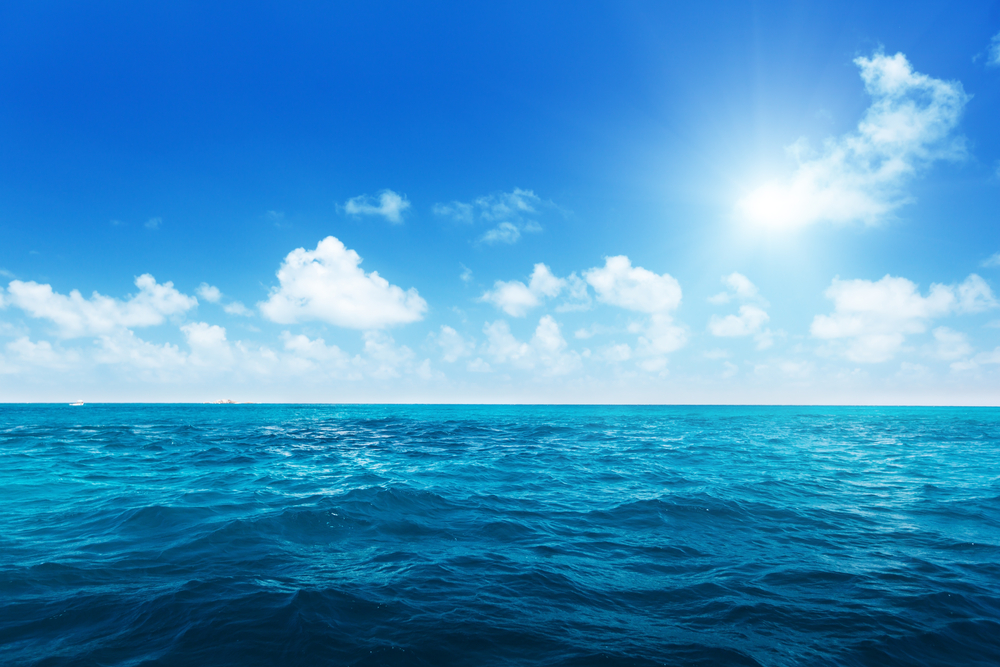Necessity being the mother of invention, congressional inaction on climate change has forced environmentalists to be creative. Since Congress won’t pass a cap-and-trade bill to control atmospheric emissions, activists are trying to apply existing laws to the problem. In 2007, the Supreme Court ruling in Massachusetts v. EPA forced the Environmental Protection Agency to examine whether greenhouse gases harm the public. Since — surprise! — they do, the EPA will now regulate them like every other pollutant.
First air, now water. A federal lawsuit against the EPA, filed last week by the Center for Biological Diversity, may do the same for ocean acidification under the Clean Water Act that Massachusetts v. EPA did for climate change under the Clean Air Act. And since acidification is caused largely by CO2 emissions, the results could help combat climate change as well.
As a 2010 report from the National Research Council explains, “The ocean absorbs approximately a third of man-made CO2 emissions. The CO2 taken up by the ocean decreases the pH of the water and leads to a combination of chemical changes collectively known as ocean acidification. Since the beginning of the industrial revolution, the average pH of ocean surface waters has decreased approximately 0.1 unit — from about 8.2 to 8.1 — making them more acidic. Models project an additional 0.2 to 0.3 drop by the end of the century.”
In other words, thanks to all our cars, agriculture, and industrial pollution, ocean waters are becoming overly acidic. Acidity causes aquatic species such as oysters to die out, and the problem will grow a lot worse unless we dramatically scale back CO2 emissions.
Under the Clean Water Act, states are supposed to keep their adjacent waters below a certain level of acidity, and to avoid contamination that damages aquatic life. Unfortunately, the law allows states to set their own acidity levels, and some set it so high that water can be dangerously acidic. But if the acidity is killing oysters, then the area is in violation of the Clean Water Act anyway.
The lawsuit argues that the acidity levels in various bodies of water off the Oregon and Washington state coast, such as Netarts Bay and Puget Sound, are endangering marine life, and the states are therefore obligated to put the waters on their “impaired waters” lists.
Right now, the impaired waters list doesn’t name any body of water on the basis of acidification alone, so this could be a significant precedent. The EPA has already stated that acidification is grounds for being put on the list, but no one has done so yet. But the larger precedent — that atmospheric pollution, as opposed to “point sources” like a factory dumping industrial waste directly in a river, can be the cause of water impairment — has already been established. For example, waters have been labeled impaired because of mercury pollution from far-away coal-burning plants. So it seems like a real possibility that the protection will be extended to ocean acidification, and CO2 will fall under the law.
“Our ideal would be for the judge to say the EPA needs to put certain specific Washington and Oregon waters on the list, such as Puget Sound,” says Miyoko Sakashita, oceans director for the Center for Biological Diversity, and the lawyer who filed the suit. “It is of national significance because it is a signal that states need to be monitoring ocean acidification and taking it seriously. Theoretically, if you take this to its logical end, you could end up with controls on the pollutants causing ocean acidification.” That would be good news for fighting climate change as well as protecting the oceans.
But don’t break out the champagne just yet. The EPA will presumably fight the suit, first at the district court level, and appeal if they lose. Moreover, it’s impossible to say how even a favorable ruling would be applied to fix a problem caused by carbon emissions throughout the world. And that lack of enforceability might make judges less willing to make the ruling in the first place.
“It’s clear, at least in the Ninth Circuit,” the West Coast federal appeals court circuit that this case will fall under, “that waters have to be included even if pollutants come entirely from nonpoint sources, like runoff bringing sediment,” says Holly Doremus, director of the environmental law program at U.C. Berkeley. “A lot of waterways in the northwest are impaired because of that. But it’s not clear what that gets you in a regulatory sense.” Under the Clean Water Act, the federal government regulates point sources, but leaves regulation of nonpoint sources up to the states.
So while Washington state and Oregon would have to clearly label who is causing the ocean acidification by spewing CO2, they wouldn’t necessarily get very far in terms of reducing it. That’s because Washington state can’t force Montana, never mind Canada, to cut back on burning coal.
“I understand and sympathize with the impulse to use existing provisions to accomplish a result,” says Richard M. Frank, director of the California Environmental Law & Policy Center, UC Davis. “Assuming the EPA agrees to list these waters, or a court orders them to do so, what’s the impact? What this really comes down to is climate change-driven acidification, which is a global problem. Most of the acidification is actually the result of airborne of greenhouse gas emissions that find their way into waters. Most judges are going to look at the suit and say, ‘What can I, as a judge, do? What order can I impose that achieves the desired result?’ I think that’s a pretty daunting challenge for the Center, and the assigned federal judge.”
In theory, the ideal answer would be the same as under the Clean Air Act: Force major sources of greenhouse gases to reduce their emissions, even if we can’t solve the whole problem without international agreements. But Frank thinks that using the Clean Water Act in that way will be a harder sell. “It seems an even greater stretch to use the Clean Water Act in this context than applying the Clean Air Act, which is the most applicable of the federal pollution statutes when it comes to climate change,” says Frank. “It’s trying to fit a square peg in a round hole, using laws that were designed before Congress gave any thought to the problem of climate change.”
So, as with EPA regulation of greenhouse gases, even the best-case scenario here is much less attractive than actual congressional action would be. But it’s better than the nothing that’s Congress’ effort to date.





